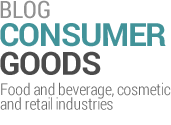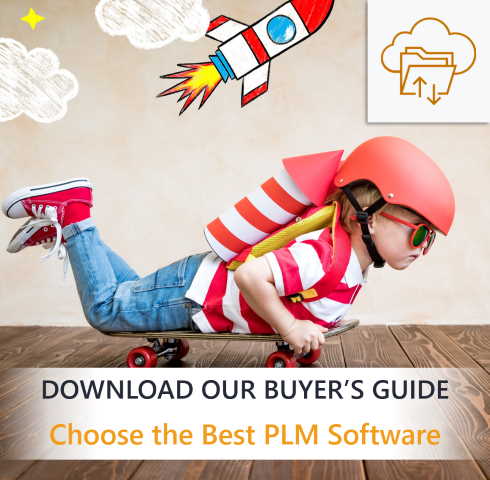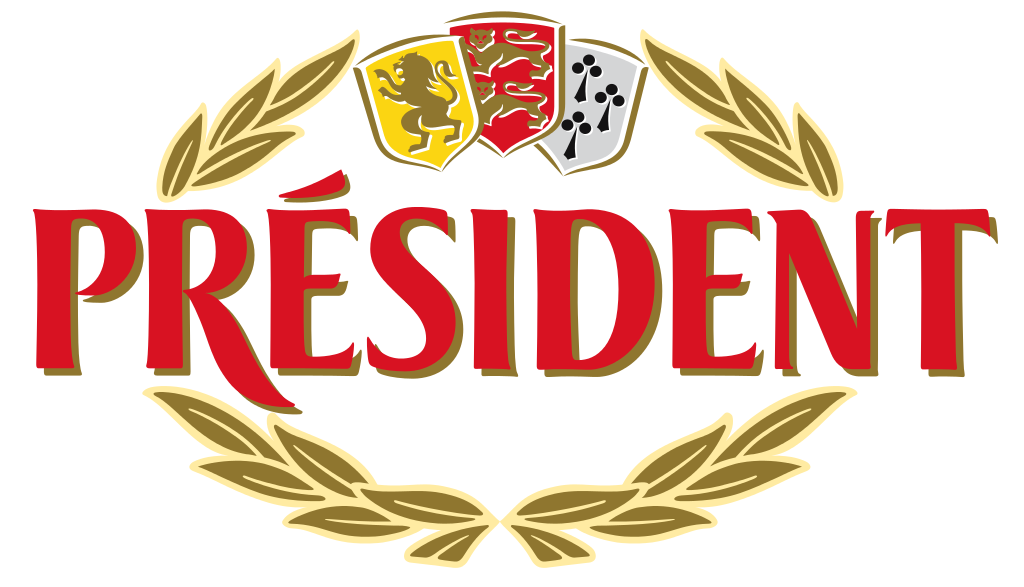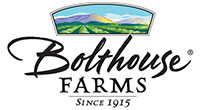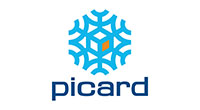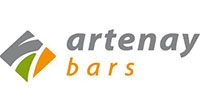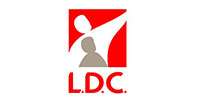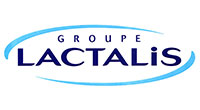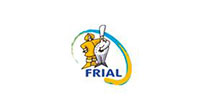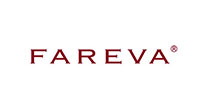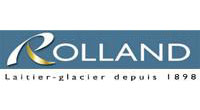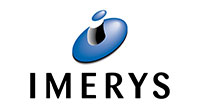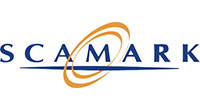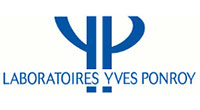
Going international is not only a beautiful ambition (almost) every manufacturer aims for, it is also a highly strategical choice. Even though a company planning to start its global expansion does so because of a healthy financial status and new market opportunities, if handled poorly, this transition can lead to more damages than benefits. There are of course numerous critical aspects (human resources, supply chain, logistics, administrative procedures, etc.) to consider, but we will talk here about what we know best: how a Product Lifecycle Management (PLM) solution helps you build a consolidated global product management.
1. Global product management: the critical issue of regulations
We consider the biggest global product management challenge to be regulatory compliance. It can become a sudden barrier to your hard efforts. You can see it as a burden and struggle your way through it for every project, or see it as an opportunity to beat competition in the race to new markets. Remaining compliant by keeping consolidated processes is also essential to remain in the area you successfully got a foot into. Regulatory mistakes will lead to product recalls, customer insatisfaction and potential reputational backlash. Something you can not afford when you’re not playing at home!
Before we further explain how a Product Lifecycle Management (PLM) solution can be used for global regulatory compliance management, you must know the importance of product specification management in regulatory compliance. For a reminder, download our solution brief dedicated to specification management.
Whether you’re still “only” a national player ambitioning its first geographical expansion or an already globalized company with staffed regulatory affairs, expertise is nothing without the dedicated tools. Whether you are developing your new star product backed up with a multi-million-dollar marketing plan or the fifth declination of historical range, regulatory deficiencies can make the profitability of the whole project collapse.
2. PLM as the solution to your global product management regulatory challenges
Every State (California), country (United-States) or politico-economic alliance (European Union) has their own sets of rules, with their common lots of exceptions regarding which one dominates over the other(s). Then, regulations on Consumer Packaged Goods (CPG) are built in a pyramidal-like structure : “Any manufactured product must satisfy the followings: …” > “Any dairy product must satisfy the followings: …” > “Any non-pasteurized cheese must satisfy the followings: …”, and so on.
This intricate mesh of rules first requires expertise to be understood and applied, but requires to generate, manipulate and track a considerable amount of data for any new product developed. Without the appropriate tools- such as a PLM solution- even managing this data is a challenge and can lead to money and time losses. Also, it is impossible to efficiently capitalize on what you already know from previous projects.
A French manufacturer wishing to export their organic ice-cream range in the EU will most likely already satisfy most of the “organic” label requirements of the targeted country, considering France’s particularly tight regulations on the matter. Being able to instantly retrieve all products specifications related to quality or regulatory compliance to compare them to the ones of the targeted country saves tremendous time and spares annoying manipulation errors.
For your global product management challenges, a PLM solution must be able to:
- Ensure end to end traceability of product specifications and development-related information
- Integrate any regulatory framework with the possibility to update it, ideally in real-time
3. Global product portfolio management
By centralizing, structuring and organizing all information and documents related to NPD project (briefs, prototypes, packaging, labels, etc.), your PLM solution becomes the unique, central and collaborative repository no matter the targeted country or market. Your end users being assigned a specific level of responsibility- with their own associated rights- everyone intuitively accesses the information he needs, when he needs it. It is up to you and your supplier to collaboratively define the best ways to structure your product, portfolio and project databases and to assign the proper rights to the proper users.
To make the most out of it, you also need embedded BI (Business Intelligence) capacities to provide valuable insights on your ongoing and upcoming projects.Shortly, BI is the ability to make your data speak an understandable language. How do the different dairy products we launched last year perform comparatively to each other? Do we have common bottleneck among our different new product development projects? Which one of our product ranges could be efficiently updated to increase its profitability? What are our longest approval processes? Based on the KPIs defined by your teams, Lascom Lime Cloud displays customizable dashboards to help you make the best business-driven decisions: potential, feasibility, strategic alignment, available resources risks, etc.
4. Global product management: how far do multilingual capacities go?
We still did not tackle the obvious challenge of efficiently and reliably managing your product development information and processes in different languages.
Multilingual capacities will heavily depend on the supplier you choose to go with. If you only have national ambitions (well, chances are high you already left by now) seeking a national PLM provider can be a satisfying choice. Globalization being the unevitable phenomenon of the CPG market, PLM solution providers who do not already provide multilingual capacities will be forced to develop the offer to satisfy their clients striving for growth.
In conclusion, your PLM solution brings value to every level of your organization:
- The global Executives are provided with insightful reports on the NPD activities ;
- The local (national, state level, etc.) Directors monitor the global product development strategy and operations ;
- The top Managers (Marketing, R&D, Qualité, etc.) lead projects and manage resources ;
- project Managers run their every day operational tasks such as marketing brief creation, recipe prototype simulation, labeling generation, regulatory compliance review and so on.
We guarantee PLM will become your main asset for global product management! Download our brochure to discover more.
